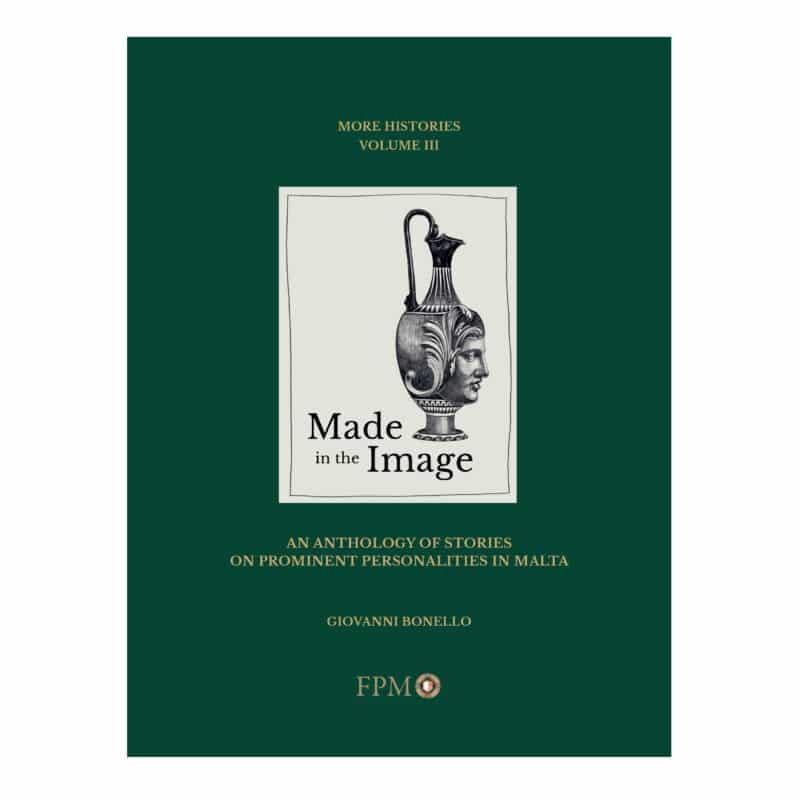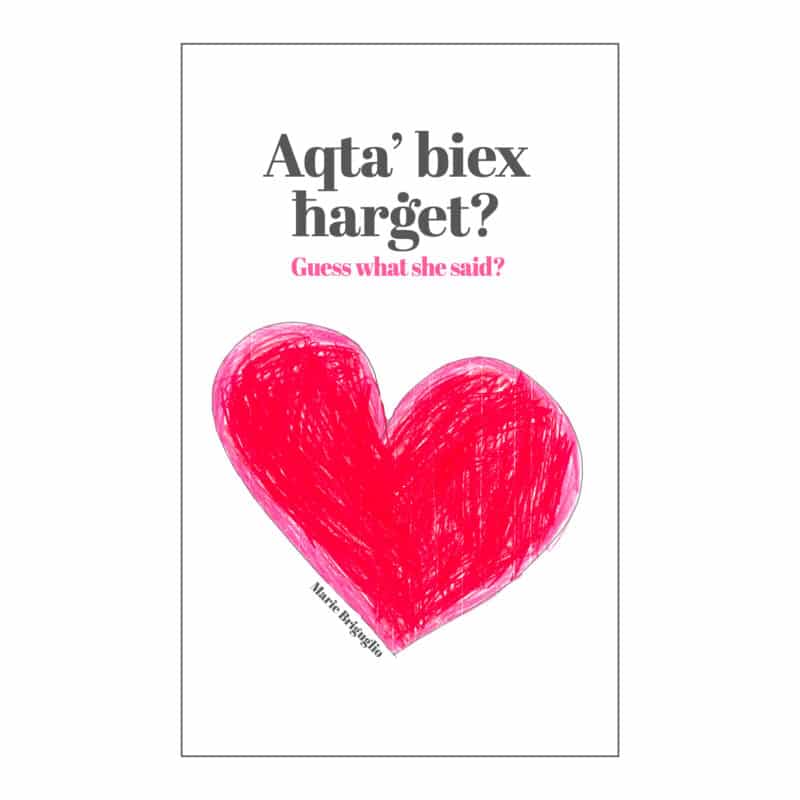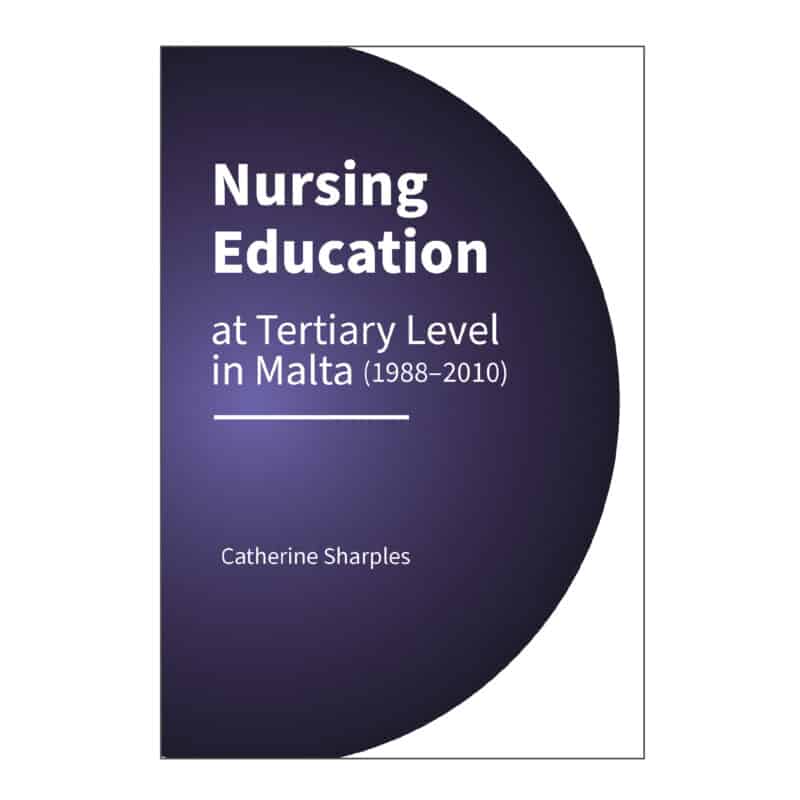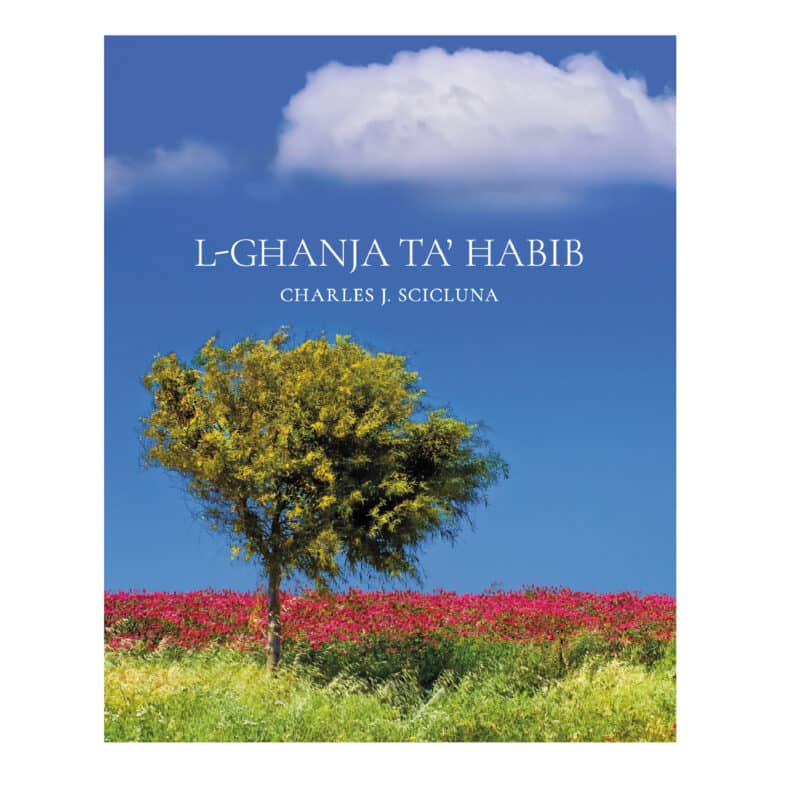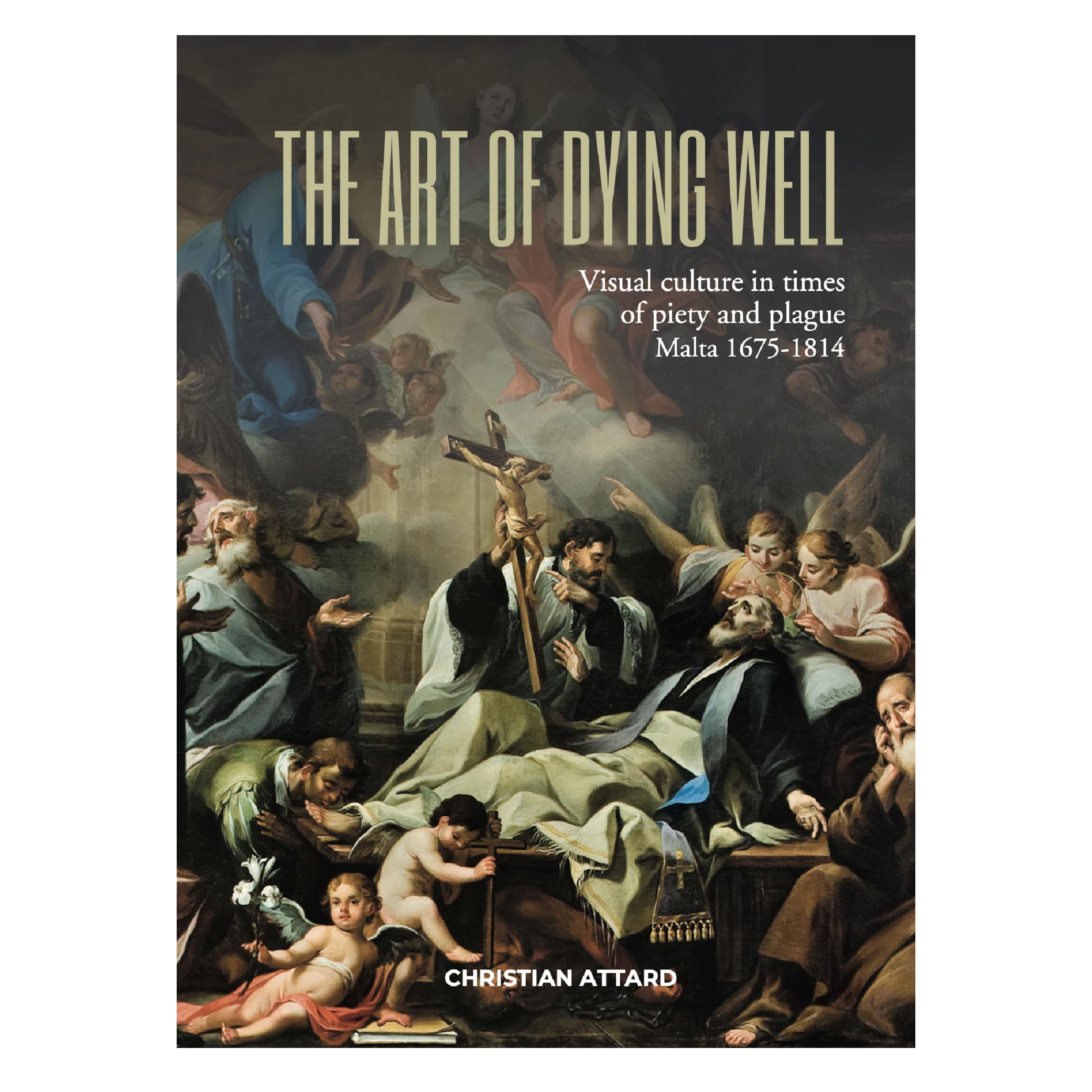
The Art of Dying Well, Visual culture in times of piety and plague in Malta, 1675-1814, by Christian Attard
€95.00
“Some authors give primary attention to representations of death and commemoration purely as aspects of the history of art, seeking to place these curious images within established literary categories, such as funeral monuments as part of the history of sculpture or by solving knotty problems of iconography. An alternative tradition uses visual evidence to support other historical narratives such as accounts of medical practice or studies of the evolution of religious belief. With great skill and independence of mind Christian Attard has written about Maltese plague art by adopting an interdisciplinary approach that encompasses both of these traditional ways of writing with results that will be more useful to today’s readers than either of them. These fascinating studies on the complex artistic and cultural responses to the epidemics that assailed early modern Malta will continue to be relevant long after Covid-19 has been brought under control, perhaps even for as long as its successor viruses continue to threaten humankind.”
Nigel Llewellyn
Art Historian and former Dean and Pro-Vice-Chancellor of the University of Sussex
- Format:Hardback & jacket
- Pages:476
- Year:2022
- ISBN:978-9918-23-055-6
- Dimensions:325 × 240 cm | 4000g
- Social Share:
Description
The images and the accompanying rituals of death had, through time immemorial, helped to dilute the sorrowful finality of loss; they were a means through which death, grievance and mourning were sanitised, aestheticized, at times, turned into sheer spectacle. This book examines and contextualizes the intricate, sometimes colourful, visual culture that evolved around the subject of death in the Catholic world, focusing especially on Malta during a period bookended by two devastating plague bouts, namely, the plague of 1675-6 and that of 1813-4.
This artistic legacy was the direct result of a host of religious beliefs, doctrines, rituals, and mores, and, more often than not, it developed independently of plague spells or other calamitous events. One cannot, however, rule out the possibility that large scale catastrophes could have impacted upon this visual legacy. An intricate iconography—upon which this study elaborates—was developed around plague. It is consequently an ongoing discourse of the present book to determine the extent of influence wielded by calamities (with a particular reference to the two plague-bouts in question) on the development of the visual culture of death in Malta.
A secondary theme herewith tackled is the charting of possible changes in people’s ways of thinking about death. Such changes, if present at all, might have been very subtle, almost imperceptible, and possibly stratified; meaning that new ideas would have perfectly co-existed with older ones. These possible changes are inferred through, amongst others: a careful analyses of plague or death related imagery; a sample study of last wills and testaments; research in contemporary literature and diaries.
This book explores and meditates upon the ways art had offered hope and possible redemption in the face of death and disease. It delves into those ways art had transformed a severance or a terrible disease into a codified and a wholesome, if not a desirable, event; the ways in which art had offered tangible, believable answers to the unfathomable mysteries of humanity’s existence: disease, death, and afterlife.
Additional information
| Weight | 4000 g |
|---|---|
| Dimensions | 325 × 240 cm |
You may also like…
-
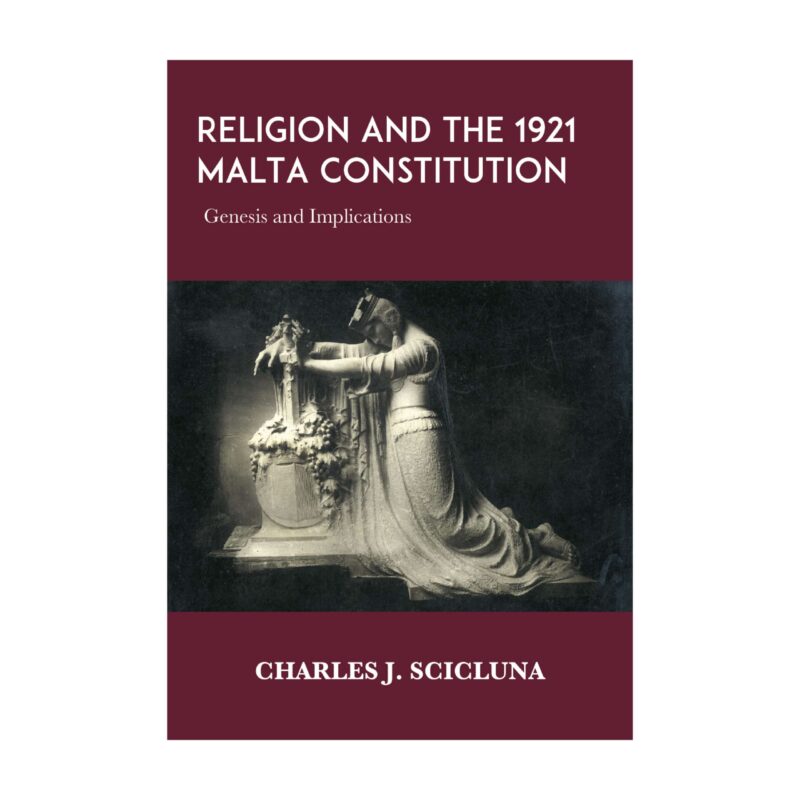 Few copies left
Few copies leftReligion and the 1921 Malta Constitution, Genesis and Implications – His Grace Mgr Charles J Scicluna
€30.00 Add to cartQuick View -
 Architecture
ArchitectureSanctuaries of the Soul, Richard England
€65.00 Add to cartQuick View -
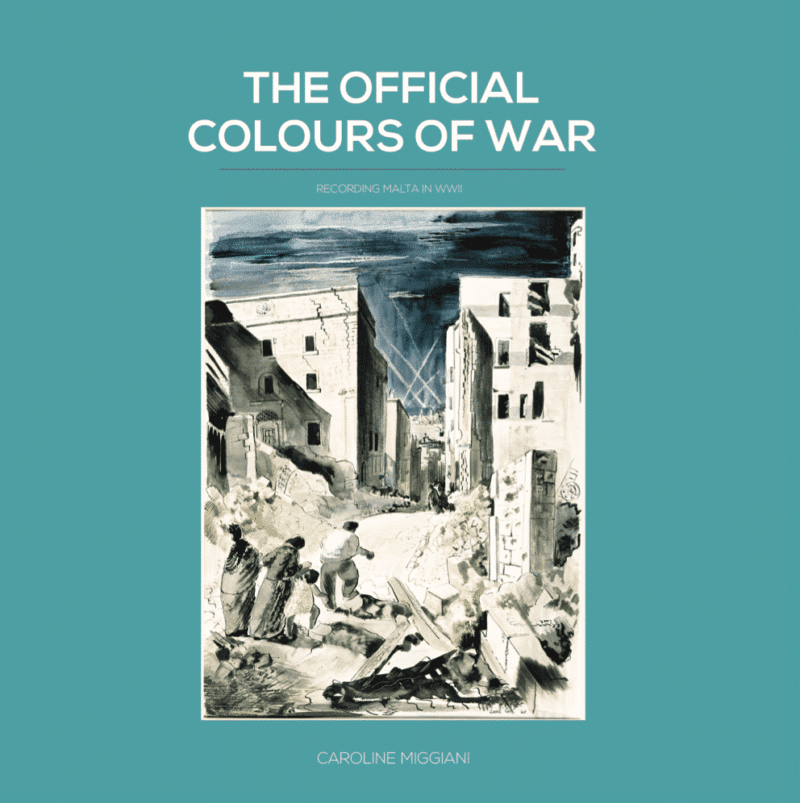 Art
ArtThe Official Colours of War, Recording Malta in WWII. Author Caroline Miggiani
€50.00 Add to cartQuick View
